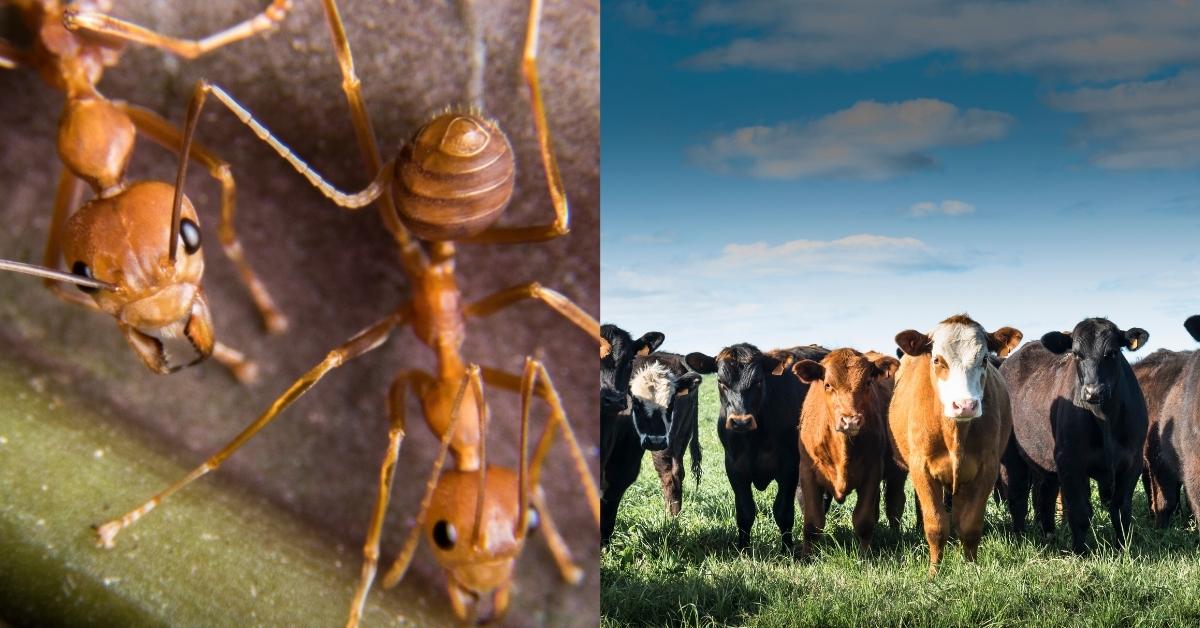Ants, often regarded as hardworking, ecologically beneficial insects, can sometimes have unintended consequences on larger animals, particularly cattle. While it may seem unlikely, the interaction between ants and cattle has raised questions about how much cattle do ants kill a year. This topic is especially relevant in regions where aggressive ant species, such as fire ants, are prevalent. In this article, we will explore the complex dynamics between ants and cattle, the specific circumstances that lead to cattle mortality caused by ants, and the broader ecological and economic impacts of this issue.
1. Ants’ Role in Ecosystems

Before addressing how much cattle do ants kill a year, it is essential to understand the broader role that ants play in ecosystems. Ants are found on every continent except Antarctica, and they contribute to the health of ecosystems in numerous ways. From soil aeration and decomposition to seed dispersal and pest control, ants are considered important ecological engineers.
Ants are crucial to nutrient cycling, as they break down organic matter and help maintain soil fertility. Certain ant species protect plants from herbivorous insects, while others contribute to the control of insect populations that may otherwise cause damage to crops. With more than 12,000 known species of ants, their role in nature is extensive and varied. However, among these species, there are those that pose a threat to livestock, particularly cattle, which leads us to the critical question: how much cattle do ants kill a year?
2. Fire Ants: A Notorious Culprit
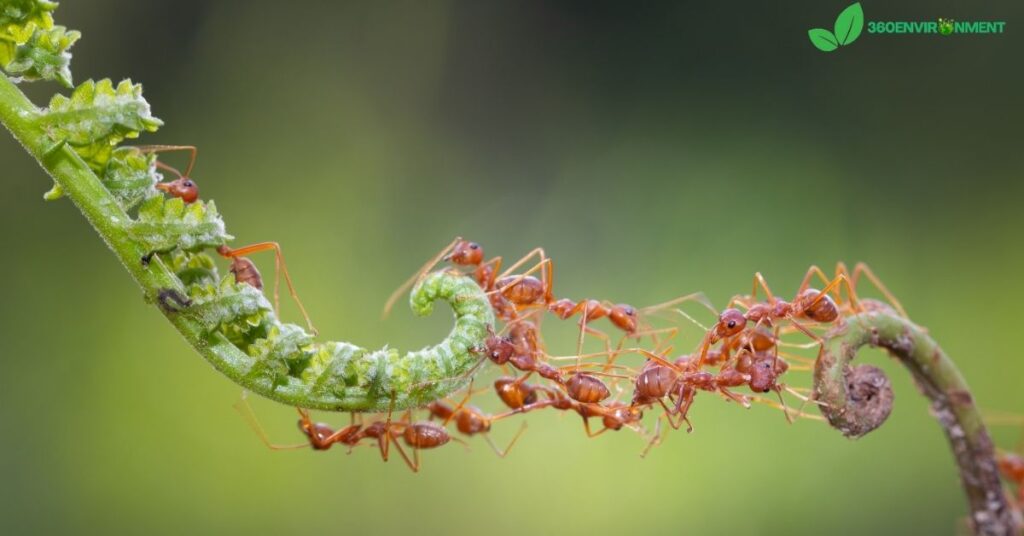
2.1 The Rise of Fire Ants
The question of how much cattle do ants kill a year often leads to discussions about fire ants, specifically the red imported fire ant (Solenopsis invicta). Originally from South America, these invasive ants have spread across the southern United States, where they have established themselves as a significant threat to livestock. Fire ants are known for their aggressive behavior, particularly when their nests are disturbed. When provoked, fire ants swarm in large numbers and deliver painful stings that inject venom, which can cause severe pain and allergic reactions.
Fire ants can be particularly dangerous to calves and weakened cattle. While these ants do not deliberately seek out cattle to kill, their territorial nature means that cattle inadvertently disturbing a fire ant nest are at risk. This interaction contributes to the overall tally of how much cattle do ants kill a year, particularly in regions where fire ants are common.
2.2 Fire Ants and Cattle Mortality
Fire ants may not directly kill cattle through predation, but their aggressive swarming behavior can lead to fatalities in certain circumstances. For example, newborn calves, which are vulnerable and may lie close to ant mounds, can be swarmed by fire ants. The ants are attracted to moisture, including that found around the nose, mouth, and eyes of calves. A calf overwhelmed by fire ants can suffer from shock, suffocation, or severe stress, which may lead to death.
In many cases, fire ants are a contributing factor rather than the sole cause of death. For instance, an already weakened cow or a calf with a compromised immune system may succumb to secondary infections or stress caused by the ants. This scenario complicates the estimation of how much cattle do ants kill a year, as the ants may not be listed as the primary cause of death, even though their involvement is clear.
3. Estimating How Much Cattle Do Ants Kill a Year
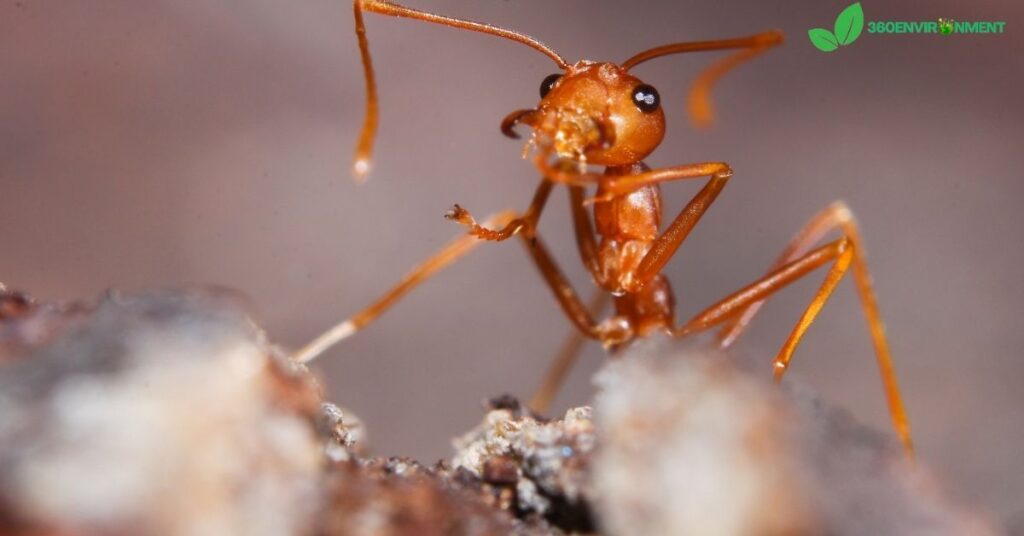
3.1 Fire Ant Infestation and Cattle Deaths
Determining the precise number of cattle deaths caused by ants each year is challenging. However, studies and reports from farmers suggest that fire ants contribute to the deaths of thousands of cattle annually, particularly in regions where fire ants are abundant, such as the southern United States. The Texas A&M AgriLife Extension Service has reported that fire ants cost the cattle industry millions of dollars each year in losses, including cattle deaths.
To address the question of how much cattle do ants kill a year, it’s important to consider the following:
- Geographic distribution: Fire ants thrive in warm, humid climates, which is why regions like Texas, Florida, and Louisiana report the highest incidences of ant-related cattle deaths.
- Vulnerability of livestock: Newborn calves are especially at risk of dying from fire ant attacks, as they are smaller, more fragile, and less able to escape. The vulnerability of cattle populations, particularly during calving season, plays a major role in how much cattle do ants kill a year.
- Management practices: In areas where fire ant control measures are in place, the number of cattle deaths due to ants is lower. However, in untreated pastures, the death toll can be significant.
3.2 The Impact of Fire Ants on Cattle Mortality Rates
Given the complexities of determining how much cattle do ants kill a year, estimates must rely on both anecdotal reports and scientific studies. In states like Texas, where there are millions of head of cattle, fire ants may be responsible for a small percentage of overall cattle mortality. However, this small percentage translates into thousands of individual deaths each year. For example, in areas heavily infested with fire ants, it is estimated that up to 1% of newborn calves may be affected by ant attacks, leading to death or severe illness.
While fire ants are not responsible for a majority of cattle deaths, their impact on vulnerable animals is undeniable. This makes understanding how much cattle do ants kill a year critical for ranchers and livestock managers, particularly in regions where fire ants are prevalent.
4. Broader Ecological Impacts of Fire Ants on Livestock and Wildlife
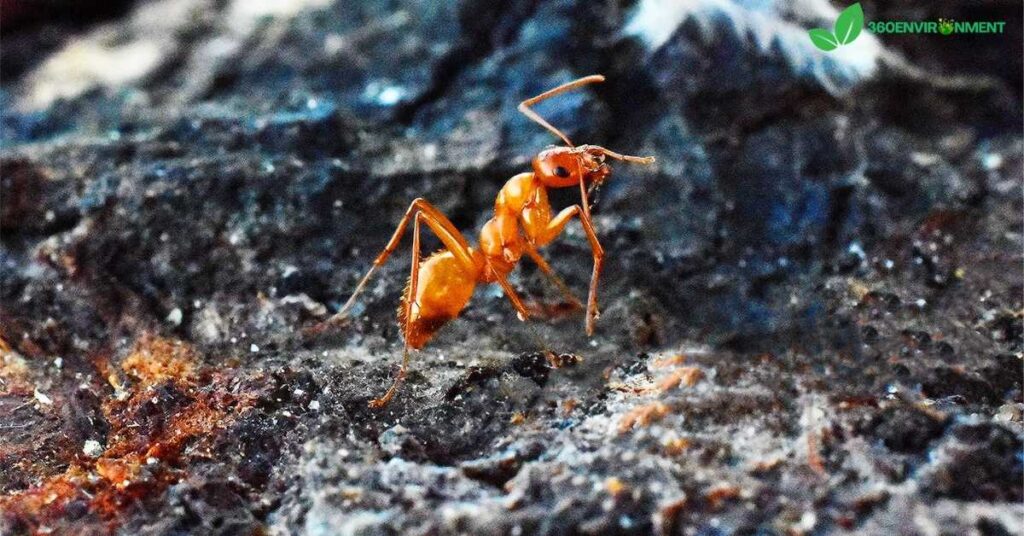
4.1 Ants and Livestock Beyond Cattle
Although the primary focus of this article is on how much cattle do ants kill a year, it’s important to recognize that fire ants also affect other livestock and wildlife. Sheep, goats, horses, and poultry are all susceptible to fire ant attacks. Poultry farms, in particular, report significant losses of chicks and eggs due to fire ant predation. These ants are highly opportunistic and will swarm any vulnerable target they encounter.
Fire ants also pose a threat to ground-nesting birds and small mammals, particularly during nesting and birthing seasons. Their aggressive behavior can result in the death of young animals and the disruption of breeding cycles in wildlife populations.
4.2 Disruption of Ecosystems
The invasive nature of fire ants has significant ecological consequences beyond the scope of how much cattle do ants kill a year. Fire ants often outcompete native ant species, leading to the displacement of native fauna. This can have cascading effects on local ecosystems, as native ants play critical roles in seed dispersal, soil aeration, and insect population control.
The reduction in native species populations, combined with the aggressive predation of fire ants on small animals, can lead to imbalances in the food chain. The broader ecological impact of fire ants, combined with their direct effect on livestock, underscores the importance of addressing their spread.
5. The Economic Cost of Cattle Deaths Caused by Ants
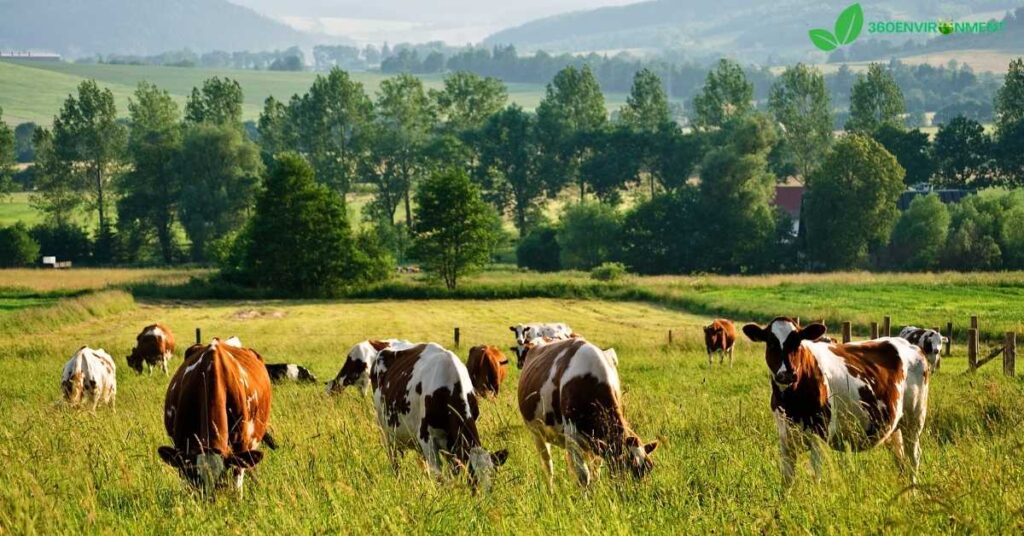
5.1 Financial Losses in the Cattle Industry
The economic impact of fire ant-related cattle deaths extends far beyond the loss of individual animals. Fire ants can cause extensive damage to farms and ranches, including the destruction of equipment, pastures, and fencing. When a calf dies due to fire ant stings, the farmer loses not only the animal but also the potential income it would have generated through meat production, milk, or breeding.
In regions heavily infested with fire ants, the financial toll can be staggering. Understanding how much cattle do ants kill a year helps farmers and policymakers recognize the need for ant control measures. The cattle industry in the southern United States alone spends millions of dollars annually on fire ant control, with some estimates suggesting that total fire ant-related losses across various industries exceed $6 billion annually.
5.2 Veterinary Costs and Health Implications
Even when cattle survive fire ant attacks, they often require medical treatment for the stings and resulting infections. Veterinary care for cattle stung by fire ants adds an additional financial burden to farmers. In some cases, cattle may experience long-term health issues, such as decreased weight gain or reduced fertility, which further impacts farm profitability.
6. Management and Control of Fire Ant Populations
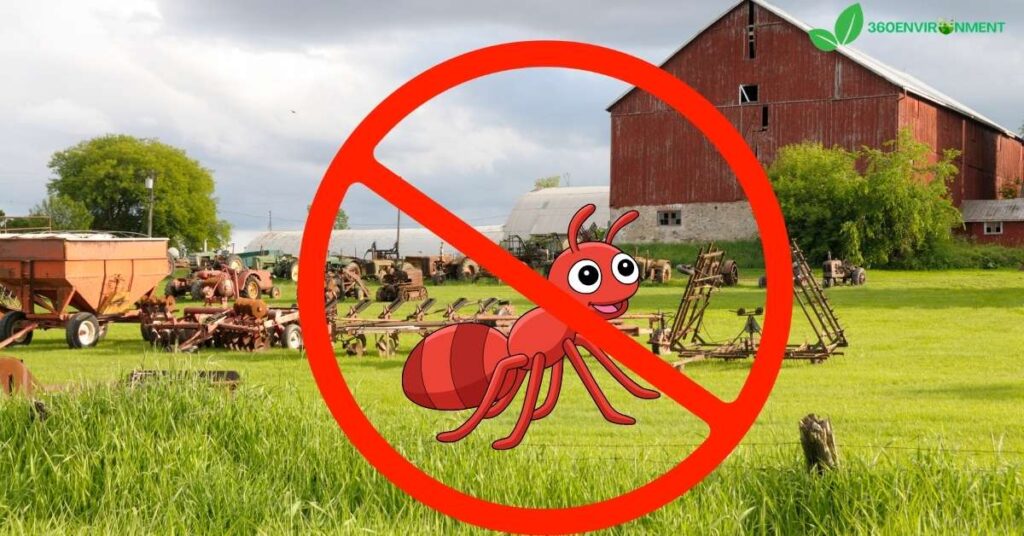
6.1 Preventative Measures to Reduce Cattle Deaths
To address how much cattle do ants kill a year, farmers and ranchers in fire ant-prone areas have adopted various preventative measures. Fire ant bait treatments are commonly used to control ant populations in pastures, reducing the risk of cattle encountering ant mounds. Regular monitoring of pastures for fire ant nests allows farmers to take swift action to remove them before they pose a threat to livestock.
In addition to chemical treatments, ranchers may rotate cattle between fields to avoid fire ant-infested areas. Newborn calves, which are most vulnerable, can be kept away from infested areas during their first few weeks of life.
6.2 Biological Control of Fire Ants
In recent years, biological control methods have shown promise in reducing fire ant populations. The introduction of phorid flies, natural enemies of fire ants, is one method being explored. Phorid flies lay their eggs in fire ants, reducing ant populations without the use of chemical treatments. Understanding how much cattle do ants kill a year motivates ongoing research into sustainable methods of controlling fire ants.
Conclusion: How Much Cattle Do Ants Kill a Year?
While ants, particularly fire ants, are responsible for a relatively small percentage of overall cattle mortality, the question of how much cattle do ants kill a year reveals significant ecological and economic concerns. In regions where fire ants are prevalent, they contribute to the deaths of thousands of cattle, particularly vulnerable calves.
Read More: Arkansas Ants Identification Guide: A Detailed Overview

